If you regularly use a chainsaw, you know that it’s important to keep the blade sharp. If the blade isn’t sharp, it can be difficult to cut through wood, and you may damage the saw. Fortunately, it’s easy to sharpen a chainsaw blade. In this article, we’ll walk you through the process.
How to Sharpen a Chainsaw?
Over time, chainsaw blades will become dull from use. The blade will no longer cut as efficiently and can even damage the saw when this happens. Therefore, it’s important to keep the blade sharpened regularly.
>>> How are Chainsaw Bars Measured?
There are two methods for sharpening a chainsaw blade: manual and automatic. With the manual method, you’ll need to use a file to sharpen the blade yourself. This can be time-consuming, but it’s also the most affordable option. Automatic sharpening machines are available, but they can be quite expensive.
To sharpen a chainsaw blade manually, you’ll need a round file and a flat file. The round file is used to sharpen the teeth on the top of the blade, while the flat file is used to sharpen the teeth on the bottom of the blade. You’ll also need a depth gauge, which is used to ensure that all of the teeth are being sharpened to the same length.
To start, you’ll need to remove the chain from the saw. Next, use the round file to sharpen the teeth on the top of the blade. You’ll want to hold the file at a 45-degree angle and work your way down the length of the blade. Be sure to use light pressure to don’t damage the metal.
After you’ve sharpened the top of the blade, flip it over and use the flat file to sharpen the teeth on the bottom. Again, hold the file at a 45-degree angle and use light pressure.
>>>> How to Cut a Tree on the Ground with a Chainsaw?
Once you’ve sharpened all teeth, use the depth gauge to check that they’re all uniform in length. If not, use the file to trim them down so that they’re all the same.
Finally, reattach the chain and test it out on some wood. If it’s still not cutting as efficiently as you’d like, repeat the process until it’s sharpened.
Tools Required:
- Chainsaw
- Round file
- Flat file
- Depth gauge
Process:
- Remove the chain from the saw.
- Use the round file to sharpen the teeth on the top of the blade. Hold the file at a 45-degree angle and work your way down the length of the blade. Use light pressure.
- Flip the blade over and use the flat file to sharpen the teeth on the bottom of the blade. Again, hold the file at a 45-degree angle and use light pressure.
- Once you’ve sharpened all teeth, use the depth gauge to check that they’re all uniform in length. If not, use the file to trim them down so that they’re all the same.
- Reattach the chain and test it out on some wood. If it’s still not cutting as efficiently as you’d like, repeat the process until it’s sharpened.
Conclusion:
Sharpening your chainsaw is important if you want it to work properly and safely. It’s best to sharpen it frequently if you’re constantly cutting hardwood. However, if you only use it occasionally, you can get away with sharpening it less often.
There are a few different ways to sharpen your chainsaws, such as using a file, grinding wheel, or power sharpener. You’ll know it’s time to sharpen your chainsaw when it takes longer to cut through wood, the sawdust produced is larger than normal, or the chain starts to slip on the bar. Not Sharpening your chainsaw can have consequences such as making it less effective and dangerous.
Frequently Asked Questions
How often should I sharpen my chainsaw?
It depends on how often you use it and what type of wood you’re cutting. You can get away with sharpening it less frequently if you’re cutting softwood. However, if you’re constantly cutting hardwood, you’ll need to sharpen your chainsaw more often.
What is the best way to sharpen a chainsaw?
There are a few different ways to sharpen your chainsaw. You can use a file, a grinding wheel, or a power sharpener.
How do I know when my chainsaw is dull?
There are a few signs that your chainsaw is dull. The first sign is if it’s taking longer to cut through wood. The second sign is if the sawdust produced is larger than normal. And the third sign is if the chain starts to slip on the bar. If you notice any of these signs, it’s time to sharpen your chainsaw.
What are the consequences of not sharpening my chainsaw?
If you don’t sharpen your chainsaw, you’ll notice that it takes longer to cut through wood. The sawdust produced will be larger than normal. And the chain may start to slip on the bar. This will make your chainsaw less effective, but it can also be dangerous.

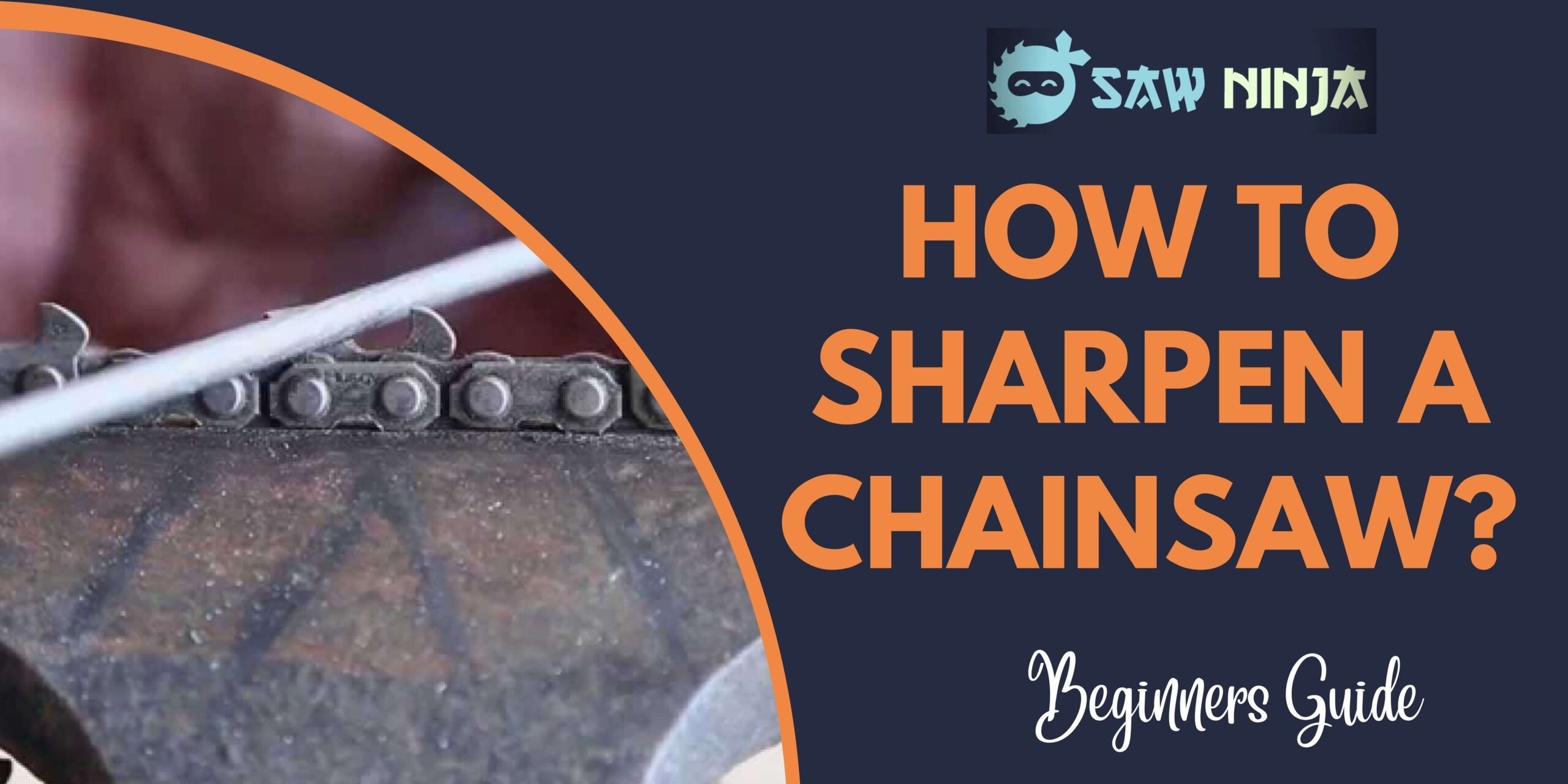
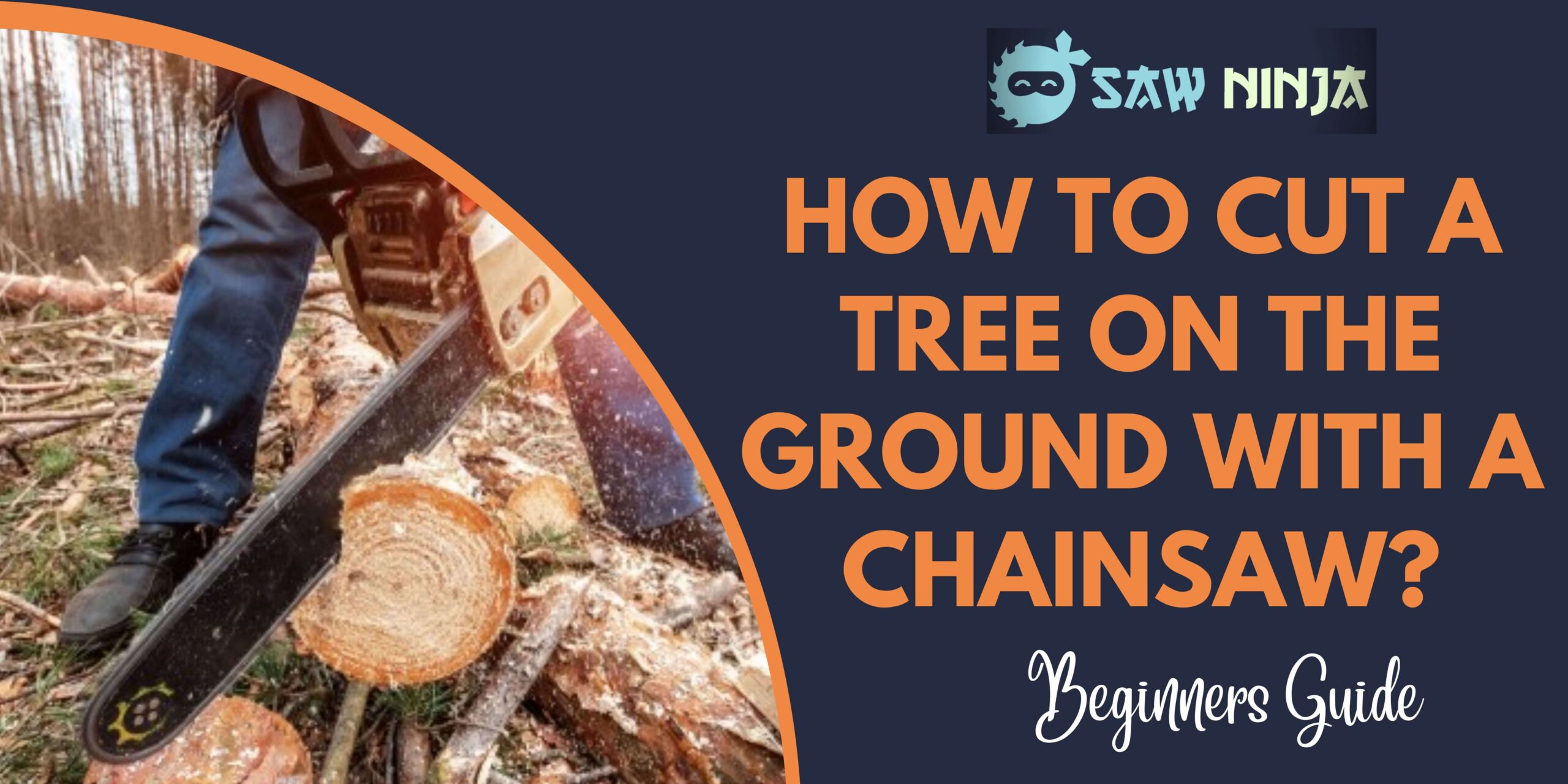












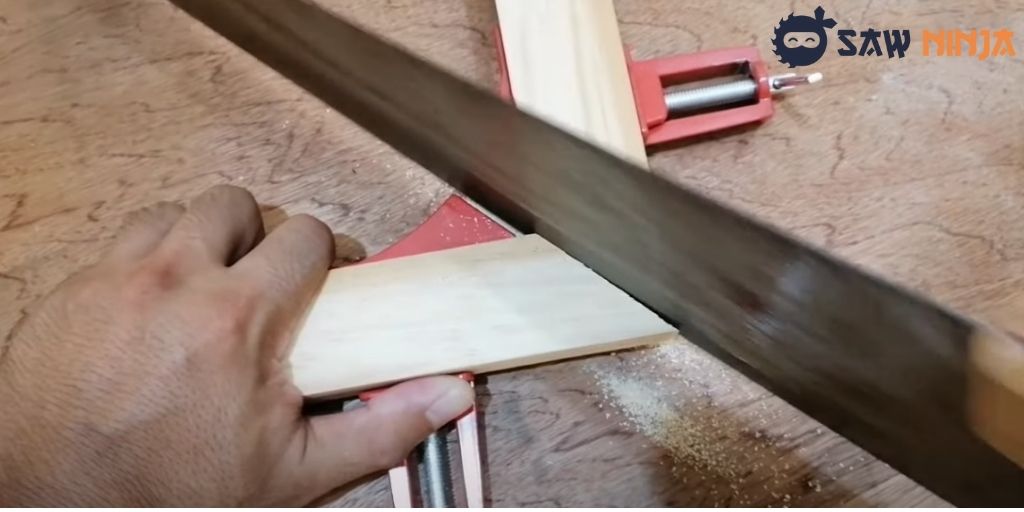
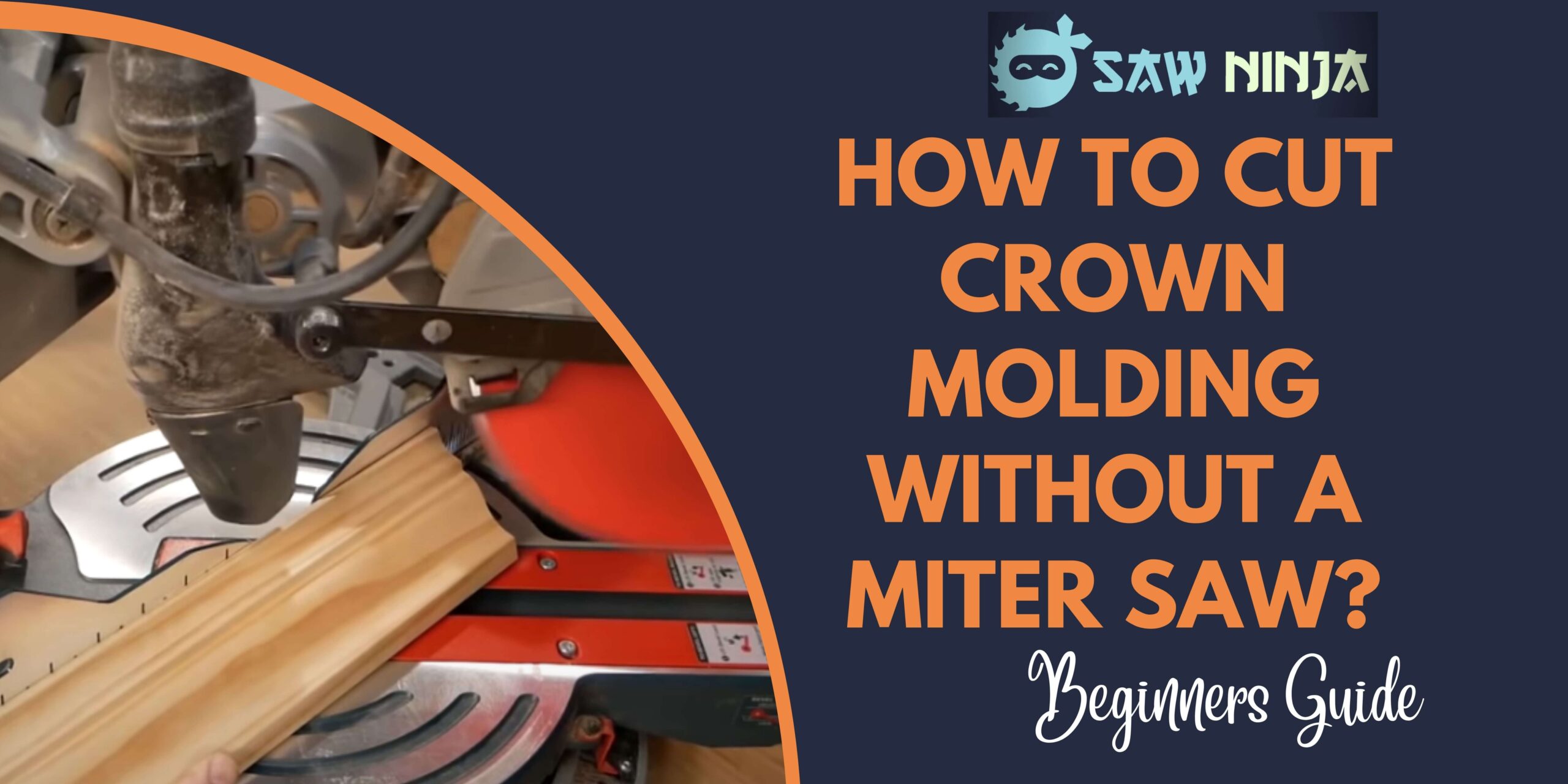


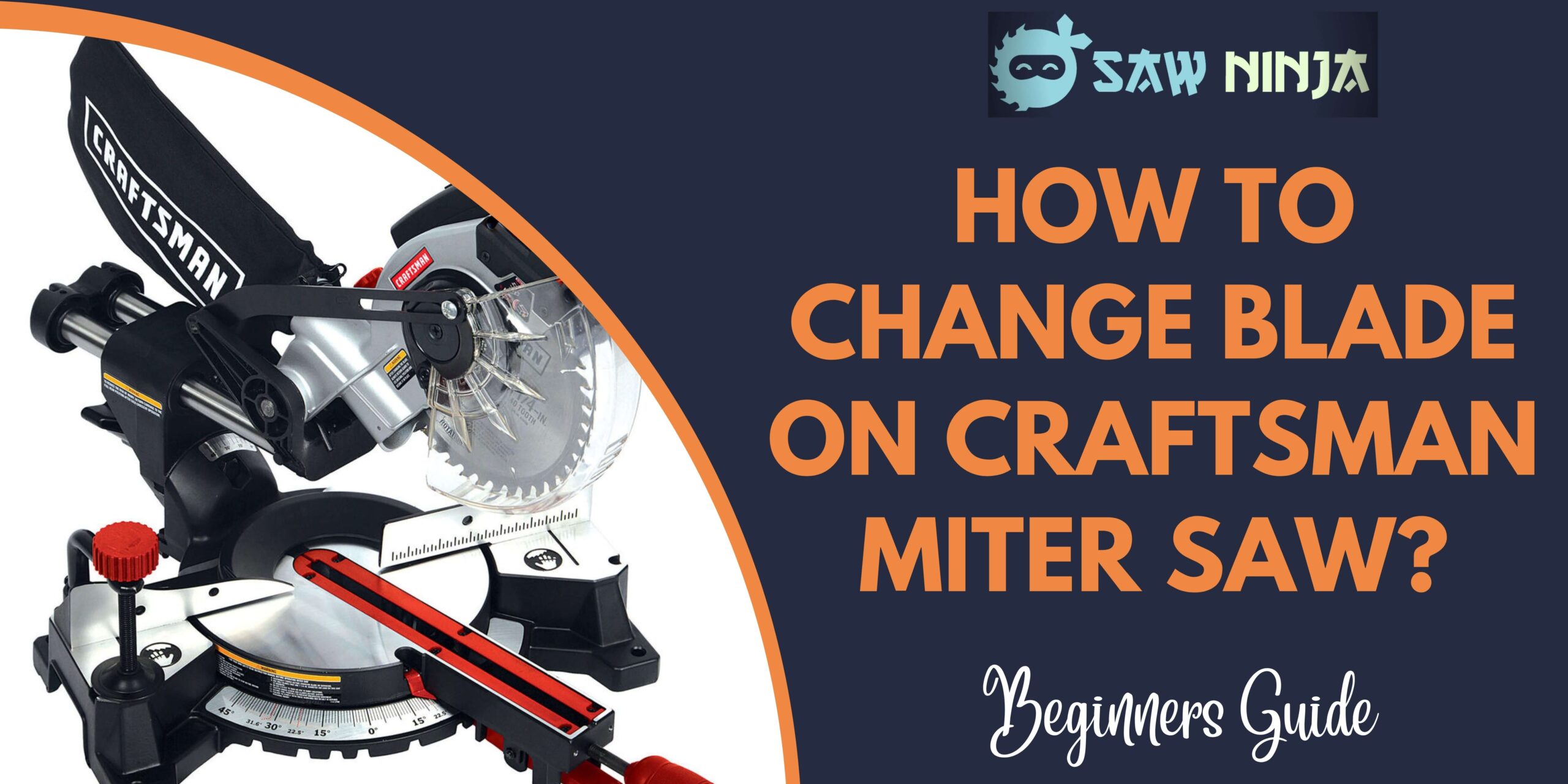


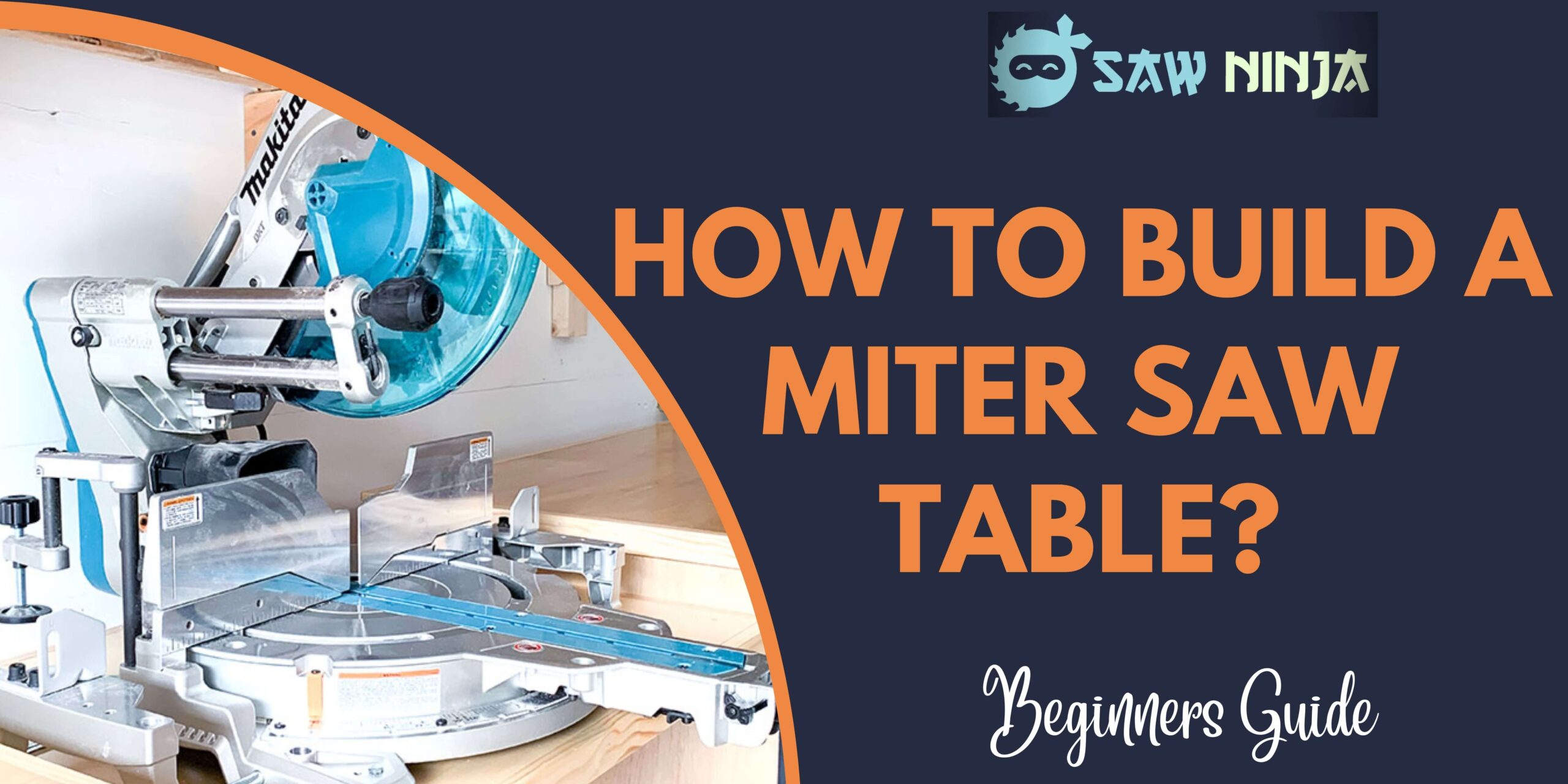



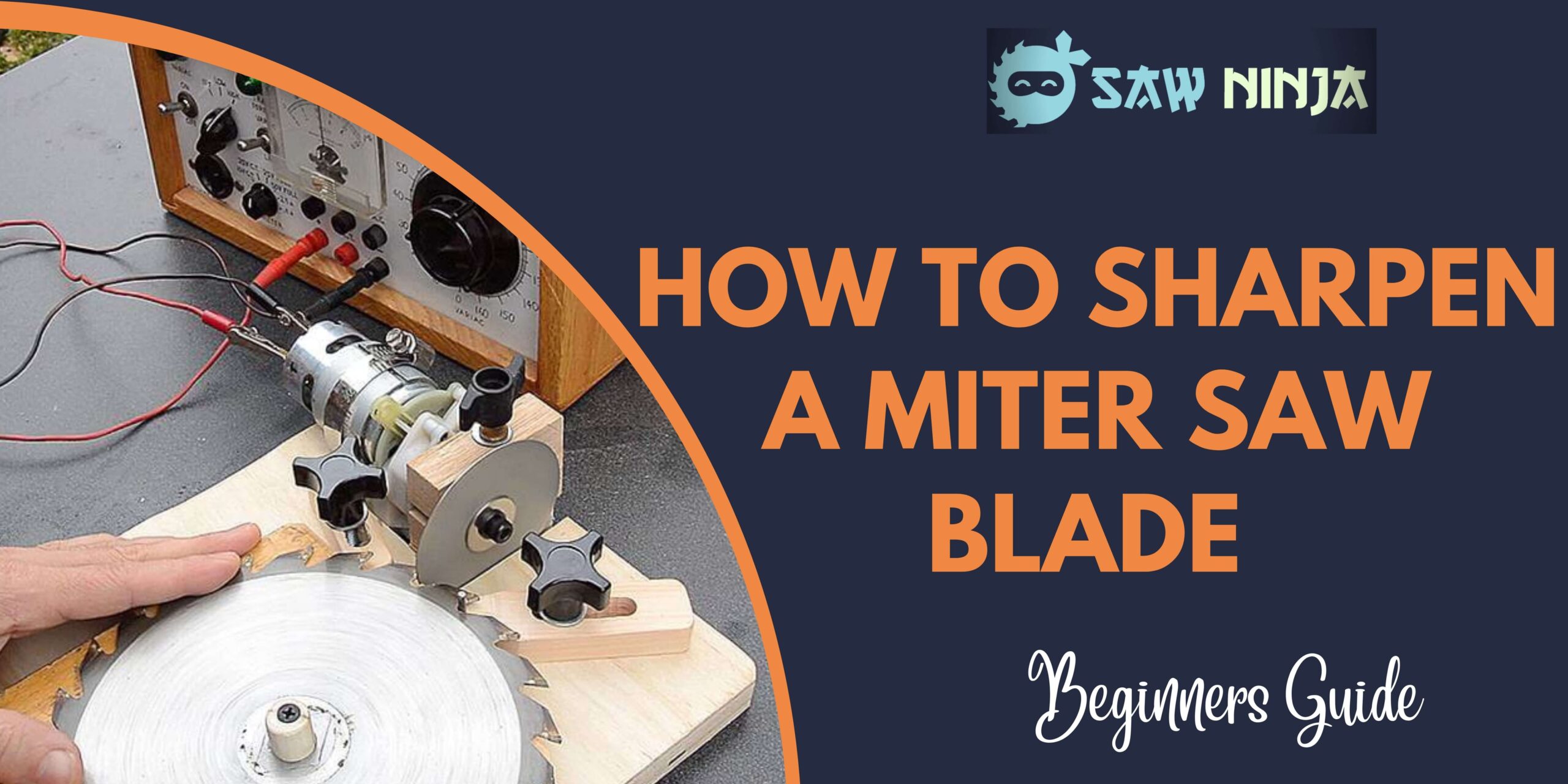


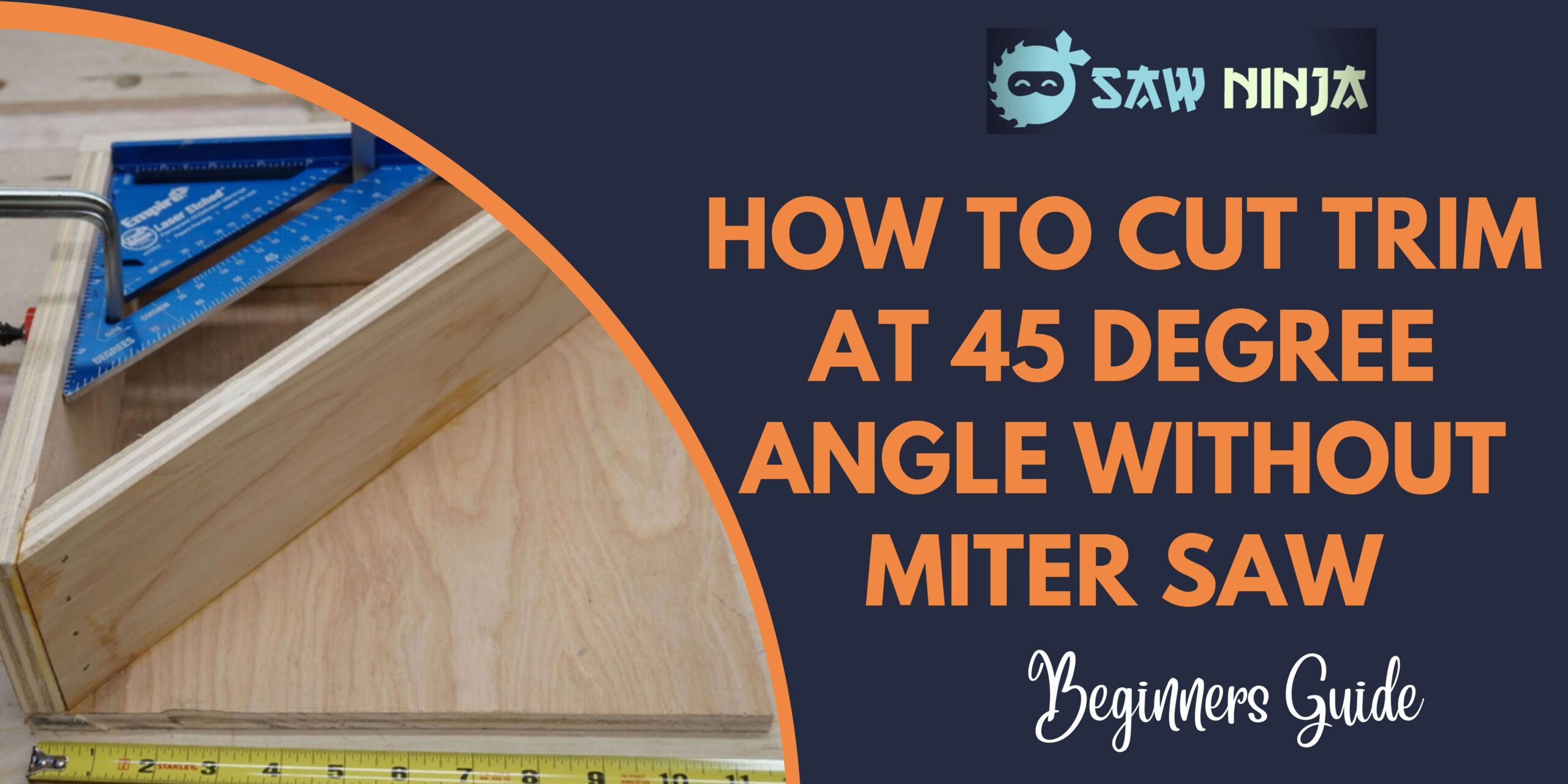
 Miter Saw
Miter Saw